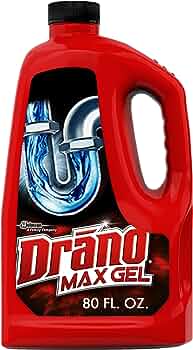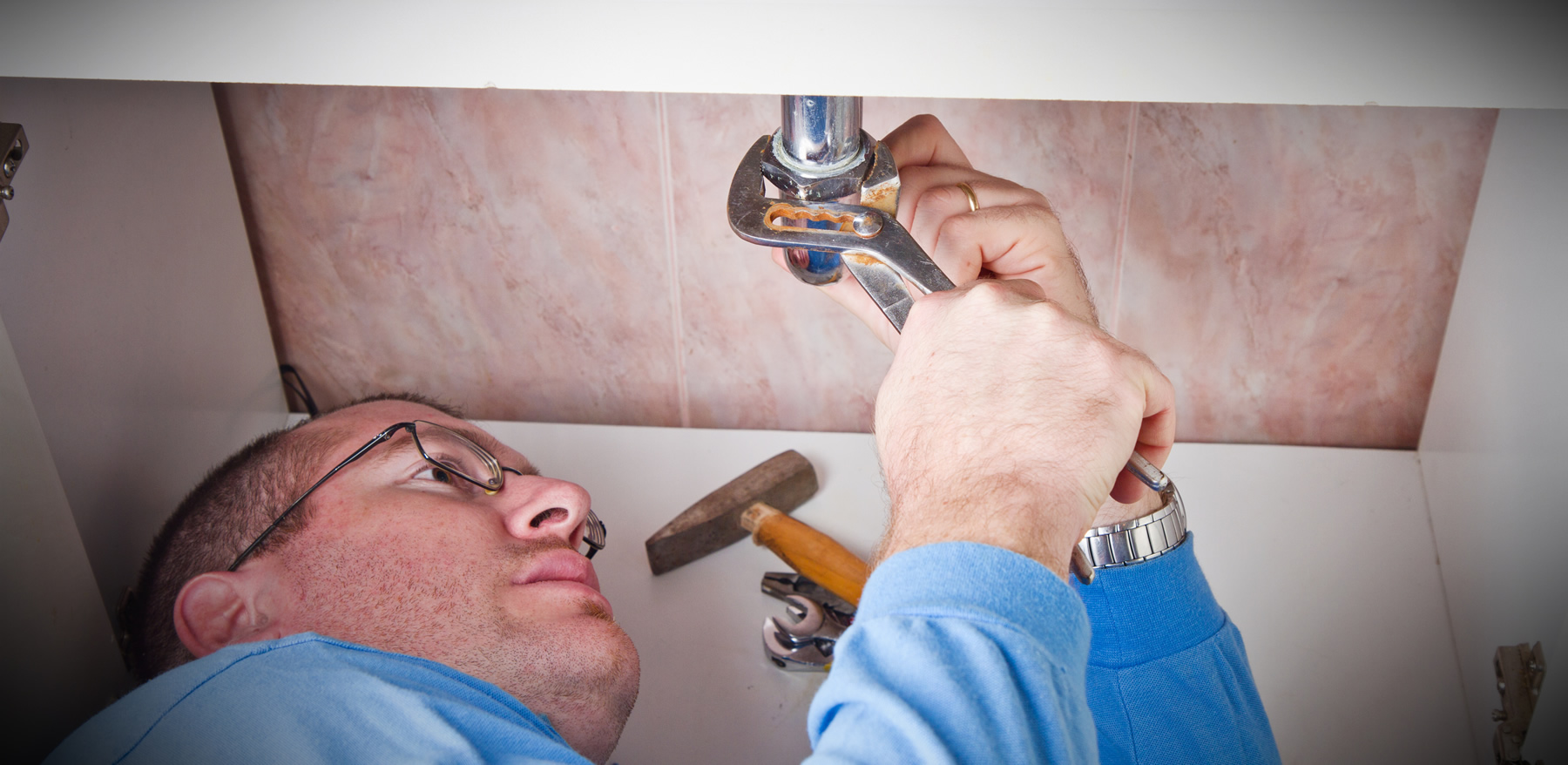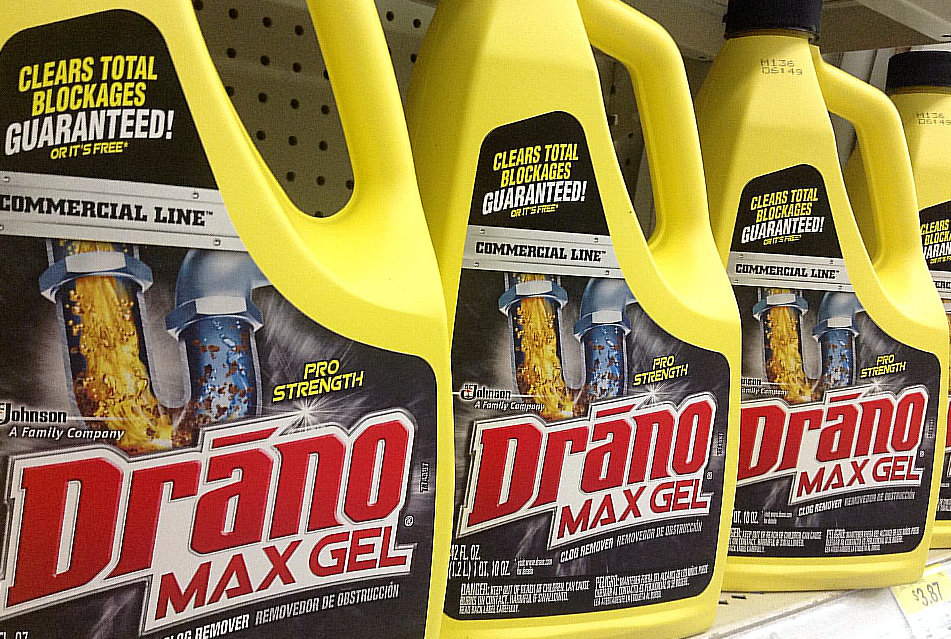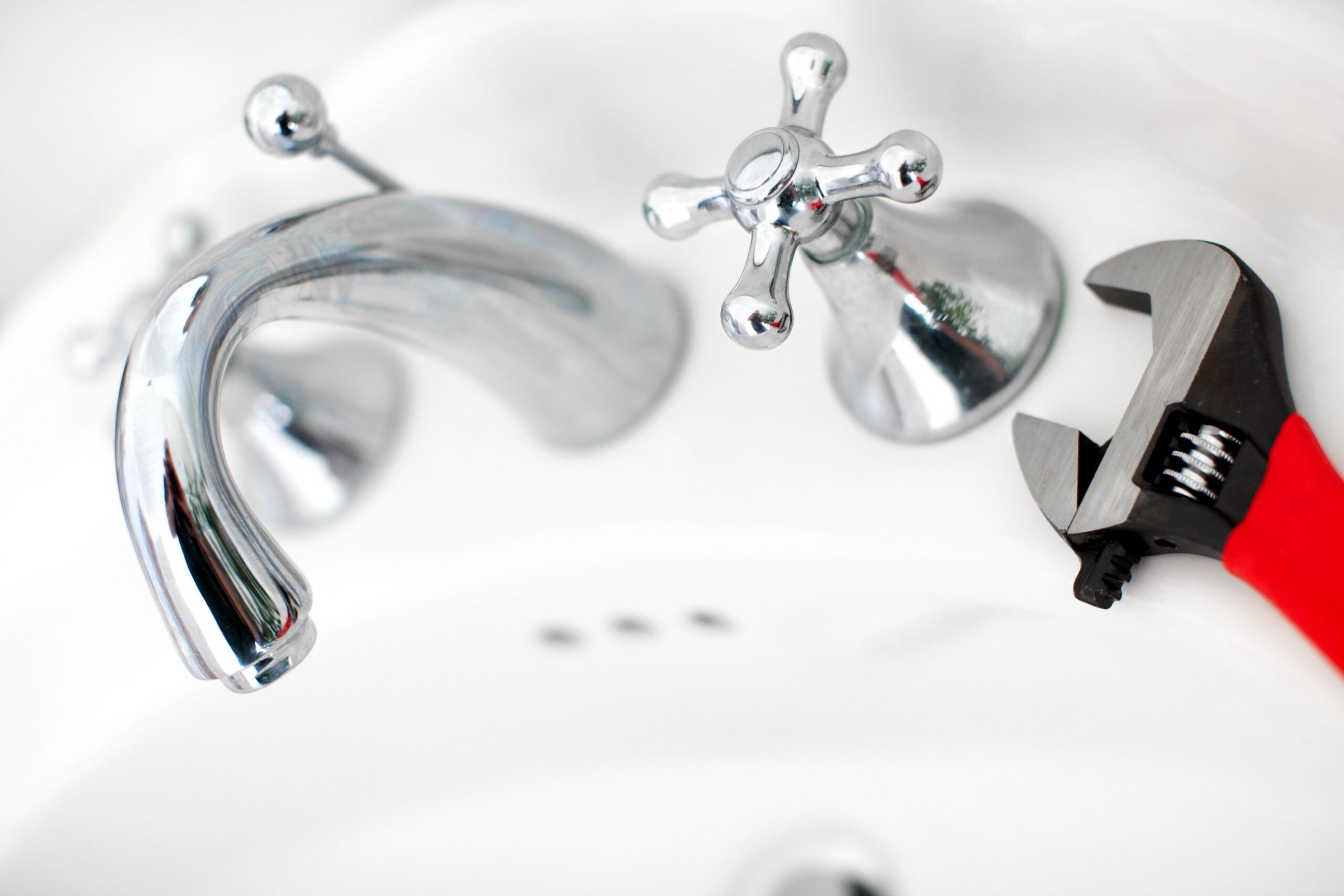Clogged drains are a common household issue that many of us have experienced at one point or another. Whether it’s hair, soap scum, or food debris causing the blockage, a clogged sink or tub can be frustrating to deal with. Enter Drano, a popular drain cleaning solution that’s been around for decades. In this guide, I’ll walk you through the steps of using Drano safely and effectively.
Safety First!
Before we delve into the steps, it’s crucial to put safety at the forefront:
Wear gloves: This will protect your hands from any accidental splashes.
Ventilate the area: Ensure the bathroom or kitchen is well-ventilated. Open windows or turn on exhaust fans to keep the fumes from concentrating in the area.
Check if Drano is Right for Your Drain
Drano should not be used in toilets. If your toilet is clogged, seek alternative methods or products specifically designed for toilet clogs. Also, always check the label to ensure the product is suitable for your pipes, especially if they’re older or made of specific materials.
Prepping the Drain
Remove any visible blockages. If the sink or tub has any debris like hair or food chunks, it’s best to manually remove as much as you can.
Pouring the Drano
Follow the instructions on the bottle, but typically, you’ll pour half the bottle slowly into the drain for standard blockages. For tougher clogs, you may need to use the entire bottle.
Wait Patiently
Let the Drano sit in the drain for the recommended time, usually about 15-30 minutes. Refrain from using the sink or tub during this period to allow the Drano to work its magic.
Flush with Hot Water
After the waiting period, flush the drain with hot water to rinse away the Drano and any dissolved blockages. This will also help push any remnants further down the pipes.
Repeat if Necessary
If the drain is still clogged after the first attempt, you can repeat the process. However, if you’ve tried multiple times and the blockage persists, it may be time to call in a professional or consider using a manual tool like a drain snake.
A Few Tips:
Prevention is the best cure: Regularly cleaning your drains and using strainers can prevent many blockages.
Alternative methods: There are numerous other ways to unclog drains, including natural methods using baking soda and vinegar or manual methods using a plunger or drain snake.
Environmental concerns: Regularly pouring chemicals down the drain can be harsh on the environment. Only use such products when necessary and always seek environmentally-friendly alternatives when possible.
Drano can be an effective solution for clogged drains when used correctly. Always prioritize safety, read the instructions, and consider the environmental impact of your choices. With these guidelines in mind, you can keep your drains flowing smoothly!



